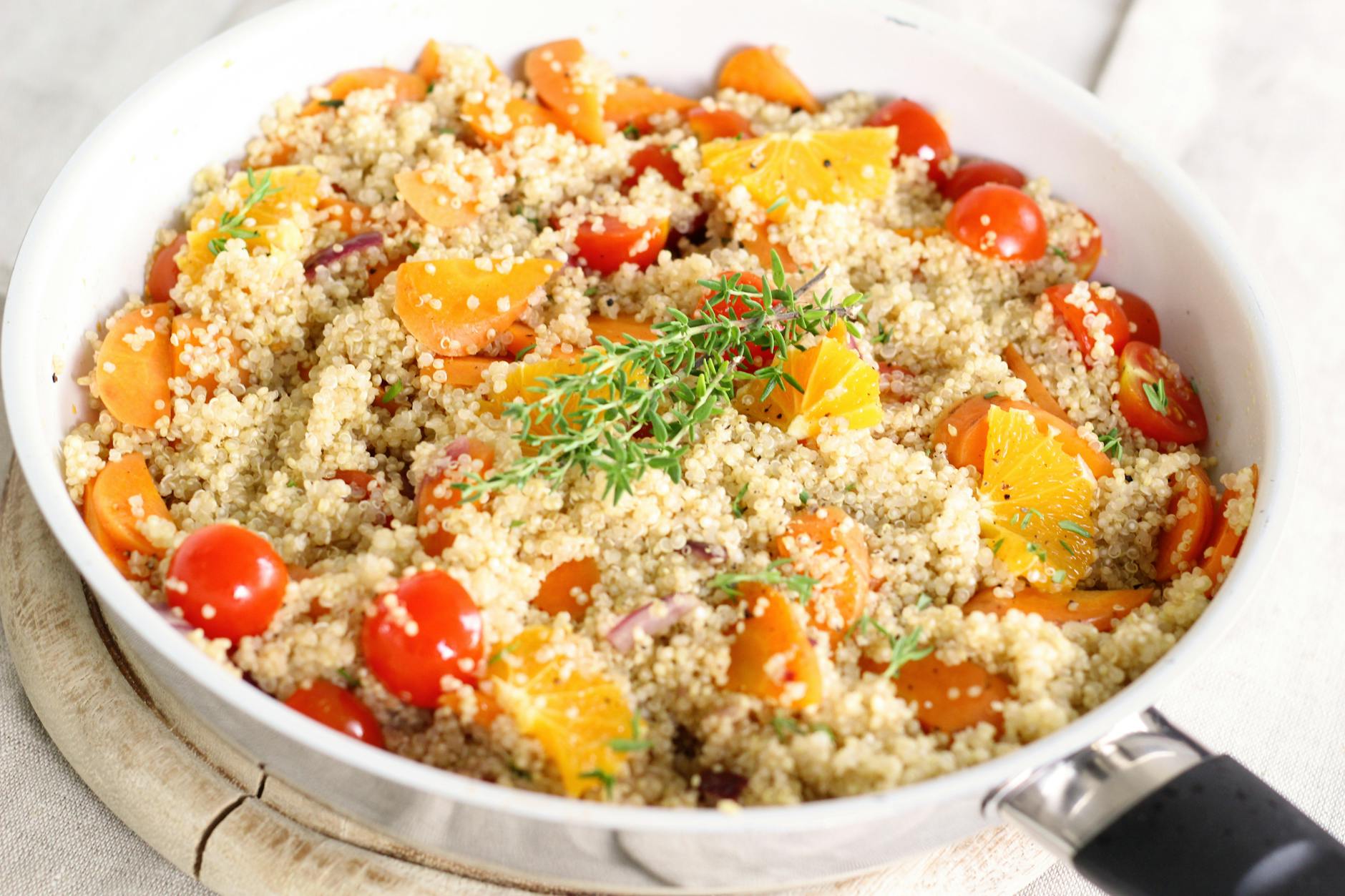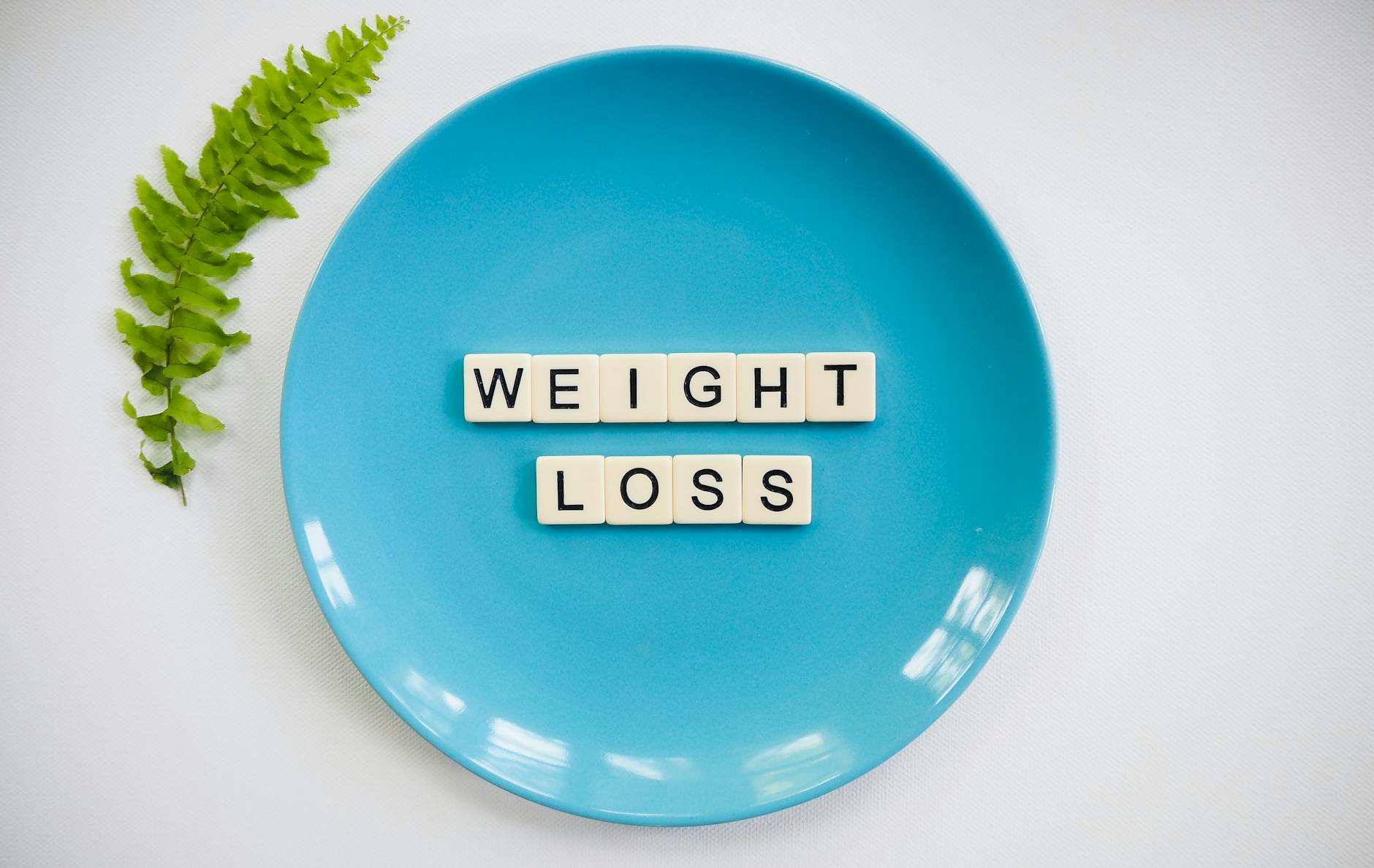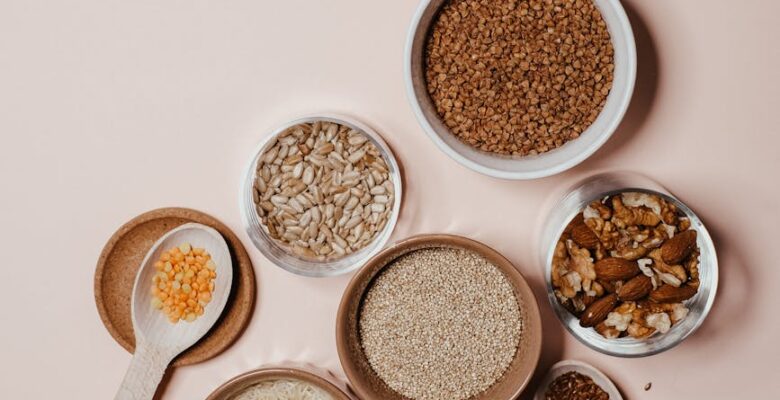This article has everything you need to know about lupini beans, including what they are, why they’re showing up in more packaged foods, and if they’re healthy.
Whether you’re a frequent or dedicated plant-based eater looking for cupboard staples with high protein counts, you’ve definitely grown acquainted with chickpeas, lentils, and all the legumes in between. And, like any other ingredient in heavy rotation, those beans can get old quickly. Enter lupini beans (sometimes known as lupins).
These yellow legumes, which are roughly the same size as fava beans, are a nutritious powerhouse, containing nearly twice as much protein as chickpeas. Sounds familiar? That’s most likely because shops have begun carrying plant-based treats touting the benefits of lupini beans — which, frankly, is long overdue.
What are Lupini beans?
They are a type of legume derived from the flowering Lupinus plant, which belongs to the same food family as lentils and chickpeas. “They’re commonly consumed in Mediterranean cuisines and Latin American cuisines,” explains Ginger Hultin, R.D.N., a registered dietitian nutritionist and Academy of Nutrition and Dietetics spokeswoman.

Because of their bitter flavor (due to naturally occurring chemicals known as alkaloids), lupini beans are sometimes steeped in brine and pickled before being eaten as a snack or part of an antipasto — though they’re also a welcome addition to salads, pasta dishes, and dips.
They also contain a thick, edible skin. Although the skin can be difficult to chew, it is thinner than an edamame pod and completely edible. However, if you don’t like the skin’s chewiness, Lavy says you can easily pick the seed out and discard the skin.
Nutrition Facts for Lupini Beans
Lupin beans are a star in the legume family, with around a third more protein per square inch than many other beans and legumes. Furthermore, they contain almost no starch, so they will not raise your blood sugar and, as a result, will keep you full.
According to the USDA, 100 grams of unsalted cooked lupini beans have the following nutritional profile:
- 119 calories.
- 16 grams of protein.
- 3 grams of fat.
- 10 g carbs
- 3 g fiber
Health Benefits of Lupini Beans
You may have noticed the significant protein content in lupin beans’ nutritional breakdown. They are an excellent plant-based protein source, making them a must-have for vegans and vegetarians. But that’s not all the small legume has on its resume.
Rich in beneficial vitamins. Lupin beans are high in energy-boosting B vitamins, as well as phosphorus and calcium, which help to strengthen bones. Also on that list? Manganese (important for blood coagulation), magnesium (helps with muscular contractions), iron (needed for growth and development), and anti-inflammatory antioxidants.
These legumes promote gut health. Test tube studies have discovered that the fiber in lupini beans encourages the growth of beneficial intestinal bacteria such as bifidobacteria, which is widely found in probiotics and has been linked to immunological and digestive health. Lupin beans also contain a high concentration of prebiotic fiber, which aids in the formation of gut-friendly bacteria.
May Promote heart health. These little legumes pack a lot of health benefits into a small, skin-covered package. According to research, eating beans as part of your diet can lower the risk of diabetes (which the keto diet may also be able to do), high blood pressure, and high cholesterol.
Fiber is not only important for keeping things moving (think digestion), but it also has the potential to prevent cardiovascular disease.
So it’s no wonder that lupini beans, which contain approximately 3 grams of fiber (25 percent of your daily recommended amount) per 100-gram meal, have been related to heart health. A study of over 100 people discovered that individuals who ate lupin-enriched foods for 12 months had lower blood pressure, which can help prevent heart disease.
May Lower cholesterol. Cholesterol levels are also crucial for heart health, and (good news!) studies suggest that eating lupin beans may lower “bad” LDL cholesterol. The same study discovered that including legumes like lupini beans in your diet can lessen your risk of colon cancer.
Potential Risks of Lupini Beans
First, a warning. Because of the presence of bitter alkaloids, raw lupin beans are poisonous to eat; therefore, proceed with caution if you purchase raw beans to prepare.
Aside from that, there are two small disadvantages to lupini beans. Because they’re so commonly soaked in salt, they can be high in sodium, 100 grams of pickled variety contains between 200 and 900 mg of sodium (equivalent to 8 to 40 percent of your daily recommended amount).
The other disadvantage is that because lupin is a legume related to peanuts, persons with a peanut allergy may experience comparable allergic reactions. An allergy to soy or other beans and legumes may also indicate an allergy to lupin beans.
How To Buy and Eat Lupini Beans
Lupini beans are most commonly found in jars at the shop, although you may also see dried varieties. If you don’t like the salty brine and prefer dry beans, Lavy recommends carefully soaking and washing the lupini beans before cooking.
“They come in two types: bitter and sweet.
The bitter species must be soaked, washed, and boiled several times over a few days to remove the bitter alkaloids, but the sweet type requires less rinsing and soaking,” she says.
To clarify, the technique is necessary to verify that the beans are not harmful.
“Besides being served brined, they can also be ground into flour and used in a variety of dishes,” says Hultin. For example, if you buy them fully cooked, you may add them to a salad as a salty garnish or mix them into your grain bowl.

With their abundance of plant-based protein, beans may be utilized to add protein to almost any cuisine.
Add to salads. Lupini beans can be used as a protein source in any lettuce or grain salad. If you get the pickled type, mix it into a large leafy green salad with other antipasto favorites like sun-dried tomatoes and roasted red peppers.
Combine with roasted vegetables. If you want a simple meatless lunch, roast a tray of your favorite vegetables and mix them with cooked lupini beans. Drizzle with your favorite sauce for a simple midweek supper.
Add to the pasta. Lupini beans can provide texture and nutrition to pasta dishes. Cooked pasta, cooked lupini beans, a nutritious vegetable (such as roasted broccoli), and a sprinkle of lemon juice and olive oil make a simple recipe. (If this sounds good to you, try these inventive pasta recipes with various legumes.)
Puree into a dip. Many hearty dips, including hummus, are made with beans and legumes as their base. Lupini beans have a nutty flavor and texture that can be mixed into a protein-rich dip. In a food processor, combine cooked lupini beans, lemon, garlic, olive oil, and salt. Process until smooth. Spread the dip on some grainy crackers for a satisfying snack.
Products made of Lupini Beans
Packaged lupini snacks allow you to go beyond the classic pickled variety and choose from selections that are marinated in exquisite tastes or processed into bars or pseudo-grains. Ready to join the bean bandwagon?
Here are some expert-approved favorites:
For a snack: Brami Beans is a terrific on-the-go snack that doesn’t take days of preparation. “These lupini beans are ready to eat and come in a variety of delicious flavors,” Lavy says.
The main disadvantage is that a serving of 25 beans contains approximately 400 mg of sodium, which is more sodium than a snack-sized bag of pretzels. If you’re managing your salt intake, this may not be the snack for you, warns Lavy.However, if you eat a lot of low-sodium, unprocessed meals, Brami Beans should be acceptable, according to her.
For a side dish: Try Carrington Farms Ground Lupin Beans as your new grain substitute. This microwaveable ground lupini bean product is a great substitute for rice, couscous, or even cauliflower rice. Simply mix in water and microwave for three minutes.
For an after-workout snack: Tired of the monotonous post-workout protein snacks you usually buy? Lupii are lupini bean-based bars with protein content comparable to other protein bars like R.X. and CLIF Bars (9 grams). Lupii bars come in a range of flavors, including Almond Butter, Cinnamon Raisin, and Tahini Lemon Cranberry, and each is made with only six simple ingredients.
Manufacturers have started producing lupini bean flour, which is naturally gluten-free and tastes comparable to whole wheat flour. Lupini flour, like Wholesome Provisions Miracle Flour (Buy it, $16, amazon.com), has a high nutritious profile, with 1 gram of net carbohydrates, 11 grams of fiber, and 11 grams of protein per serving.
It contains more protein and less carbohydrates than other gluten-free flours derived from almonds, coconut, rice, or cassava. Try using lupini flour to improve the protein content of baked items like bread, muffins, and pancakes.
Lupini Bean Recipe for Weight Loss
Roasted lupin beans are high in protein and fiber, and they are combined with fresh vegetables and therapeutic herbs to make a satiating weight-loss meal.

Ingredients
- 2 cups cooked lupini beans (in brine and drained).
- Two bunches of fresh parsley (approximately 2 cups) roughly cut
- 1 bunch fresh cilantro (about 1/2 cup) roughly cut
- 1 avocado, peeled and cubed.
- Ten cherry tomatoes, halved
- 1/4 cup pumpkin seeds, gently toasted
- 1 medium red onion, finely diced
- 1 tablespoon of virgin olive oil.
- 2 tablespoons of freshly squeezed lemon juice.
- 1 teaspoon ground cumin.
- 1/2 teaspoon chili flakes.
- 1/2 teaspoon salt.
Instructions
- Preheat the oven to 180 degrees Fahrenheit and line a baking sheet with parchment paper.
- Drain and rinse the lupin beans, then place them on the baking sheet.
- Drizzle with virgin olive oil, season with chili flakes and ground cumin and, and toss to coat.
- Roast until crunchy (about 20 minutes), then remove from the oven and cool for a few minutes.
- In a large bowl, combine all of the salad ingredients, then add the roasted lupini, drizzle with lemon juice, season with salt, and toss well to combine.
- Serve immediately or chill in an airtight glass container in the fridge for up to two days.
